- Write by:
-
Wednesday, January 22, 2020 - 11:14:44 AM
-
470 Visit
-
Print
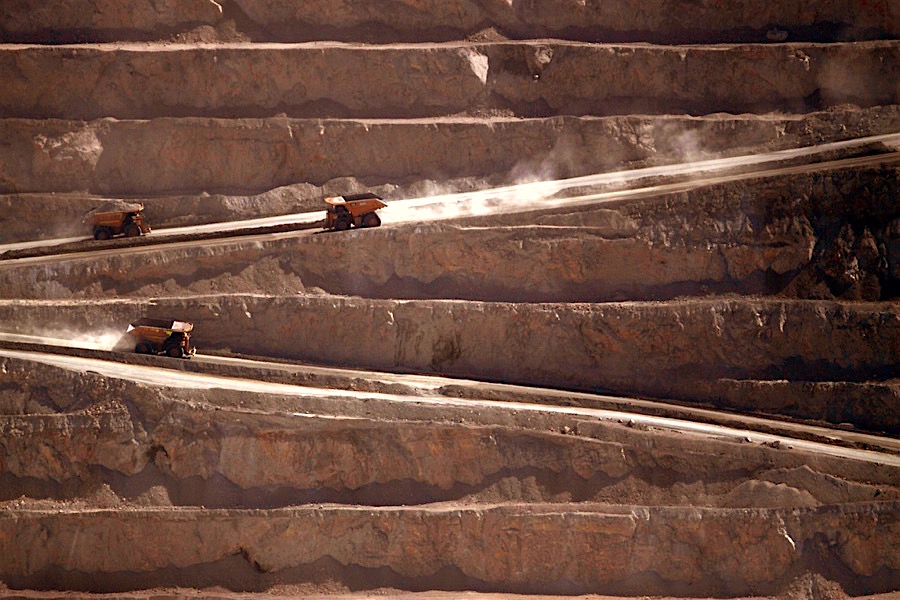
Mining News Pro - The world’s number one mining company, BHP reported robust numbers from its copper operations on Monday, despite political upheaval in Chile, the location of the world’s largest copper mine, Escondida, operated by the company.
According to Mining News Pro - Copper production for the December quarter gained 6% to 455,000 tonnes, boosted by increased volumes at the Escondida mine (+9%) and Olympic Dam operations in Australia (+32%).
For the first six months of BHP’s financial year, output was up 7% year on year to 885,000 tonnes with Escondida contributing more than 600,000 tonnes. The Anglo-Australian giant kept guidance for its 2020 financial year unchanged at between 1.705 million and 1.820 million tonnes.
In a press release, BHP said record average concentrator throughput offset expected grade decline and a 5,000 tonne concentrate production impact related to stoppages associated with the social unrest in Chile.
Including cathodes, the total production impact of the stoppages is expected to be 7,000 tonnes for the 2020 financial year.
According to a new study unrest in Chile caused an estimated $4.6 billion worth of infrastructure damage, and cost the Chilean economy around $3 billion, or 1.1%.
Greenfields copper
Minerals exploration expenditure for the half-year to end December was $84 million. The company said greenfield minerals exploration is predominantly focused on advancing copper targets within Chile,
Ecuador, Mexico, Peru, Canada, South Australia and the south-west United States.
The third phase of the drilling program at the company’s Oak Dam in South Australia is expected to be completed in the June 2020 quarter, after “encouraging results from the previous drilling phases, which
confirmed high-grade mineralised intercepts of copper, with associated gold, uranium and silver.”
The expansion of the Spence copper mine for a capital outlay of nearly $2.5 billion, which will increase production by 185,000 tonnes per year and extend the life of the mine by more than 50 years is now 81% complete.
Iron ore, coking coal down
BHP’s second-quarter iron ore output dipped from the preceding quarter due to planned maintenance work, while thermal coal production was hit by poor air quality stemming from the devastating Australian bushfires.
New South Wales thermal coal output fell 11% in the first half, with production in December impacted by bushfires that have scorched large areas roughly a third the size of Germany since September.
“We are monitoring the situation and if air quality continues to deteriorate then operations could be constrained further in the second half of the year,” the company said in a statement.
Western Australian iron ore output was 68 million tonnes for the three months ended December 30, up from 66 million tonnes a year earlier but nearly 2% lower than in the September quarter.
BHP expects iron ore production for its current financial year to end June 2020 to rise to between 242m–253m tonnes on an attributable basis and to 273–286m tonnes in total, unchanged from previous guidance.
Short Link:
https://www.miningnews.ir/En/News/476642
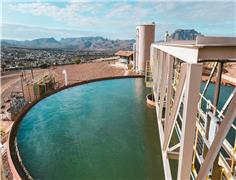
A Native American group has asked all members of a US appeals court on Monday to overturn an earlier ruling that granted ...
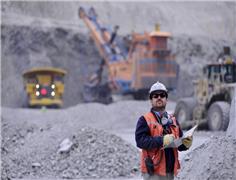
Codelco is exploring more partnerships with the private sector as Chile’s state copper behemoth looks to recover from a ...
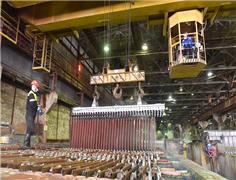
The London Metal Exchange (LME) on Saturday banned from its system Russian metal produced on or after April 13 to comply ...
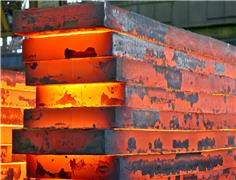
Iron ore futures prices drifted higher on Thursday as the latest soft data from top consumer China triggered renewed ...
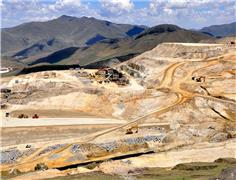
Peru’s Las Bambas copper mine, owned by China’s MMG, is facing renewed blockades of a key transport route after failed ...
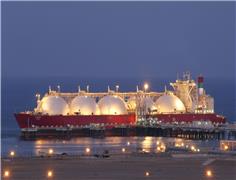
Vitol Group confirmed that it’s starting to rebuild a trading book for metals after a long stint out of the market, with ...
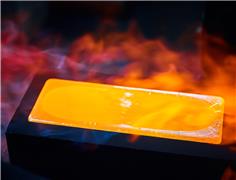
Chinese investors are snapping up stocks tied to high-flying metals from copper to gold, aiding an onshore market facing ...

Copper traded near a 15-month high as supply concerns and brighter demand prospects triggered a slew of bullish calls on ...
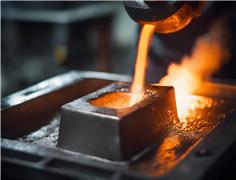
Copper jumped to its highest intraday price since January 2023 as the bellwether industrial metal faces rising tighter ...
No comments have been posted yet ...